Week 2: A Day in the Life...By Pin-Wen Wang
A day in the lab starts around 9 a.m., but I tend to get in a little earlier. Something about being in Germany makes me wake up before my alarm and greet the sunlight coming through my windows with a smile. I love getting into the lab early because I get to watch others slowly trickle in and go about their morning coffee routine. My first job in the mornings is to refill our camera with nitrogen. Most of my lab time is spent working in what is called the “dark room,” where laser measurements are taken in complete darkness for more accurate data. The apparatus in this room shines a laser at different intensities onto my nanoparticles with the goal of capturing the emission of light given off by their electrons. The camera attached to this apparatus allows us to see the nanoparticles; the problem is, these nanoparticles are really small, and if the camera isn’t sharp enough, we can’t see anything. That’s why we use liquid nitrogen to cool down the camera and minimize vibrations or noise that would blur our images. I don’t know if you’ve ever played with liquid nitrogen, but it’s a lot of fun-- liquid nitrogen evaporates quickly at room temperature, freezing everything around it, andI love to watch the air condense into white clouds as I guide the nitrogen into the canister.
0 Comments
Week 2: A Day in the Life...by Stephanie Wang
The best thing about research is that each day is your own, each slightly different, full of potential and possibility. I have a monthly calendar, just sheets of paper I printed out from the Internet, and it gives me great pleasure to plan ahead, projecting new experiments and reanalyzing my main goals and the many steps needed to reach them. These tentative plans change with the accumulation of new data, and that, too, is exciting. I groan when I hear my alarm clock turn on, the yellow numbers shifting slightly as I blink awake: 7:30AM. The fan is humming beside me, and though Winthrop House (a dorm at Harvard) has no A/C, the feel of the moving wind and the coolness of the early morning is pleasant. It is a struggle to get out of bed. I stumble out anyways, change, brush my teeth, and by 7:55AM, I am rushing out the door.
The Calcutt lab is a pathology lab at UCSD and I have the pleasure to work under Corinne Jolivalt for the summer. My project concentrates on several components of diabetes. Diabetes is the sixth leading cause of death in the United States, a rate that is only higher in Mexico, where diabetes is the leading cause of death. I also have a personal connection to my project. My grandfather had diabetes and my mother had gestational diabetes. A major component of diabetes is nerve degeneration, or diabetic neuropathy – a symptom which I witnessed firsthand in my grandfather. He had his foot amputated after his foot developed gangrene from a cut.
Choosing engineering as my concentration is the first step in figuring out why there are so many e’s in an engineer. My goals for now are to explore the science and engineering field until I find an area that is just right for me. All I know is that I love the field of science and technology and I want to be a part of this community.
A Summer Research Project in Veterinarian Medicine Week 1By Natalie Punt
utilizes a comparative biology approach to study the physiology and pathology of the animal kingdom, veterinarians are experts at identifying features that are shared across all animals from those that are unique to a particular species. This knowledge is becoming exceedingly valuable in biomedical research to identify conserved biological systems in animal models.
Prior to attending veterinarian school I knew I was interested in biomedical research for the opportunity to study animals and pursue my passion for scientific discovery. With that self-knowledge I naturally gravitated towards the campus research community. By the first semester I found a mentor with similar interests in comparative genetics and had access to many mammalian annotated and sequenced genomes. True to the nature of science- my initial research project bears no resemblance to my current project however they are intrinsically linked. My initial research project was elucidating the genetics behind high altitude adaptation in the Snow Leopard. Yet my current project is focused on identifying the anti-cancer genetics of the Naked Mole Rat. By Rabeea Ahmed
cosmos for decades to come. However, the catalogs that astronomers currently use to gather this data are not very user-friendly, and so much of the time spent during research in astronomy today is invested in data-collection and refining. The Hubble Legacy Archive (HLA) project seeks to reduce this time frame by providing scientists a quick and easy “one-stop-shop” for all their data needs. In short, my job this summer is to work with a team of scientists, programmers, and researchers in helping the scientific work on the Hubble data to occur faster by providing great research-quality data to the general astronomer audience in a fast and efficient way. This way, we hope to allow scientists to invest more time in uncovering the wonderful physical laws hidden behind the array of numbers.
7/9/2012 6 Comments You Think What You Eat: Link between malnutrition, DNA, and mental health - Week 1
You may have heard of the double burden of disease and malnutrition. This describes the co-existence of both undernutrition and overnutrition which leads to the rise in noncommunicable diseases. For example, numerous developing countries are undergoing a shift towards Westernized fast food or packaged foods, which are cheaper and more available to people of low socioeconomic status. Such countries who have traditionally suffered from malnutrition and infectious diseases are now experiencing incredible rates of metabolic syndrome (obesity, hypertension, type 2 diabetes, and cardiovascular diseases) at the same time.
During the school year, I live in the best house on campus: Eliot House (affectionately called the “Domus"). Right now, as part of PRISE, a summer research program at Harvard, I'm living one house over, in Winthrop House. My room has a river view, and I have a great roommate who works in the same lab as I do.
Speaking of lab, it's been a long journey, but the saying's true—the third time is the charm. The Wagers Lab is the third research group at Harvard that I've worked with, and I can finally say that I love what I do day-to-day at the bench.
developed an algorithm for long-term weather prediction. At the time, nobody in the scientific community believed that weather could be predicted several days in advance. However, using the best and most powerful computers available at the time, this professor proved his methods were useful and accurate. As an interesting commentary on how technology has advanced over the past 50 years, our class implemented his “unbelievable” algorithm on our laptops using software downloaded in minutes from the internet. How times have changed!
It has been my lifelong dream to be an MIT affiliate living in Cambridge, and now I am! So far, the places I’ve explored and people I’ve met have been truly inspirational. All of my suitemates and I are visiting from all over the US. I am the only one from the eastern half of the United States. One of my suitemates said it best: at MIT, it doesn’t matter where you come from, what your parents do, or how much money you have; all that matters is what you are capable of. I am very happy to be here, and I greatly look forward to sharing my experiences with all of you this summer. |
The Lab JournalWelcome to the summer internship series of 2012! Follow 9 Scientista bloggers through their summer internships to catch a glimpse of what it is like to be a scientista^TM. By Title- India Presents: A "New World Symphony"
- Through The Lens: The Intricacies Of Diabetes - Do Nanoparticles Glow? - Using Unusual Animals to Study Human Disease - Using the Hubble Telescope - You Think What You Eat - Experimenting With the Life of a Scientist(a) - 18.085: My Summer at MIT - Science Heals: A Summer of Global Health Research By BloggerRabeea Ahmed
Riana Balahadia Shaira Bhanji Nzuekoh Nchinda Amy Beth Prager Natalie Punt Juliet Snyder Pin-Wen Wang Stephanie Wang Archives |
The Scientista Foundation, Inc. All Rights Reserved © 2011-2021 | Based in NY | contact@scientistafoundation.org
The Network for Pre-Professional Women in Science and Engineering
The Scientista Foundation is a registered 501(c)(3) -- Donate!
The Network for Pre-Professional Women in Science and Engineering
The Scientista Foundation is a registered 501(c)(3) -- Donate!


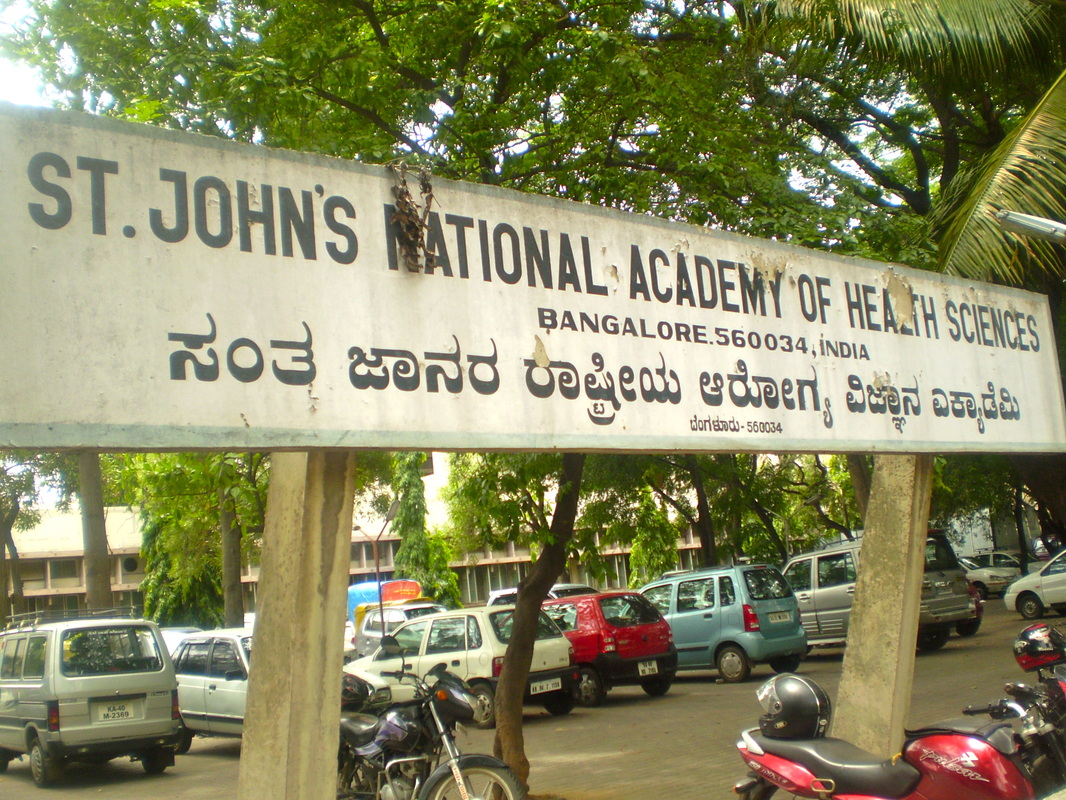
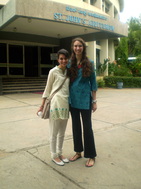
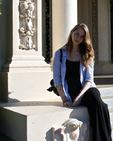
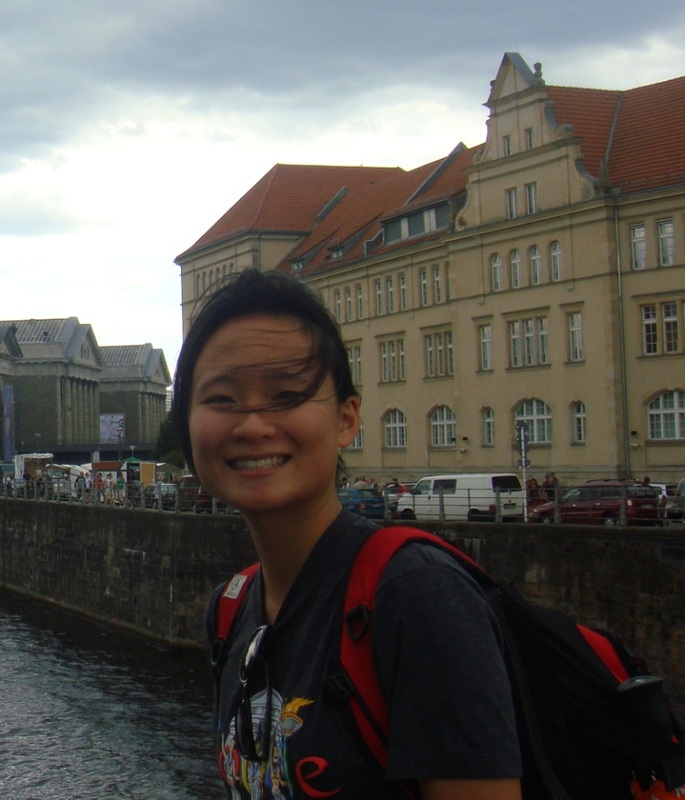
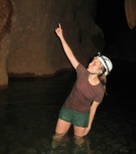
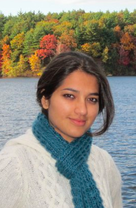

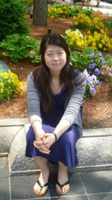
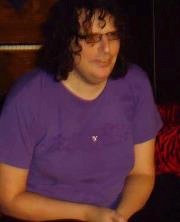
 RSS Feed
RSS Feed